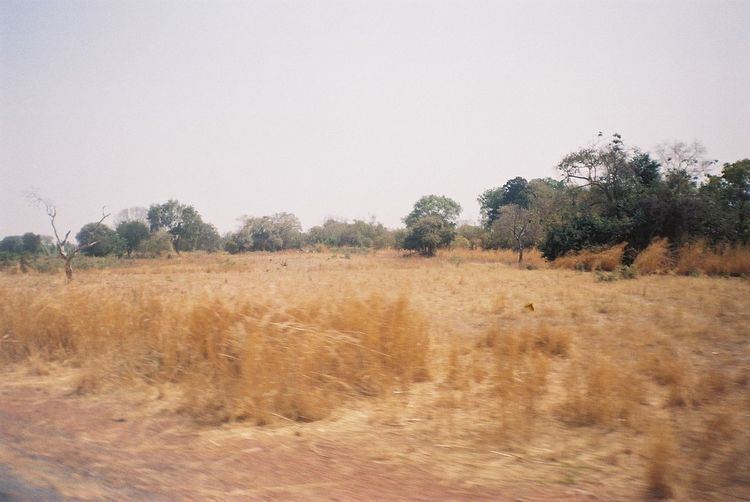 | ||
The Sudan is the name given to a geographic region to the south of the Sahara, stretching from Western to eastern Central Africa. The name derives from the Arabic bilād as-sūdān (بلاد السودان), or "the lands of the Blacks", referring to West Africa and northern Central Africa. The Arabic name was translated as Negroland on older English maps.
Contents
Historically, the name was understood to denote the western part of the Sahel region, thus roughly encompassing the belt between the Sahara and the coastal West Africa. In modern usage, the phrase "The Sudan" is also used in a separate context to refer specifically to the present-day country of Sudan, the western part of which forms part of the larger region, and from which South Sudan gained its independence in 2011.
Geography
The Sudan region extends in some 5,000 km in a band several hundred kilometers wide across Africa. It stretches from the border of Senegal, through southern Mali (formerly known as French Sudan when it was a French colony), Burkina Faso, southern Niger and northern Nigeria, southern Chad, the western Darfur region of present-day Sudan, and South Sudan.
To the north of the region lies the Sahel, a more arid Acacia savanna region that in turn borders the Sahara Desert further north, and to the east the Ethiopian Highlands (called al-Ḥabašah in Arabic). In the southwest lies the West Sudanian Savanna, a wetter, tropical savanna region bordering the tropical forests of West Africa. In the center is Lake Chad, and the more fertile region around the lake, while to the south of there are the highlands of Cameroon. To the southeast is the East Sudanian Savanna, another tropical savanna region, bordering the forest of Central Africa. This gives way further east to the Sudd, an area of tropical wetland fed by the water of the White Nile.
Habitation
The people of the Sudan region share similar lifestyles, dictated by the geography of the region. The economy is largely pastoral, while sorghum and rice are cultivated in the southern parts of the region.
The region was governed in colonial times by European powers including the French and the British, as part of their African colonial empire, but the countries of the region achieved independence in the latter half of the 20th century.
